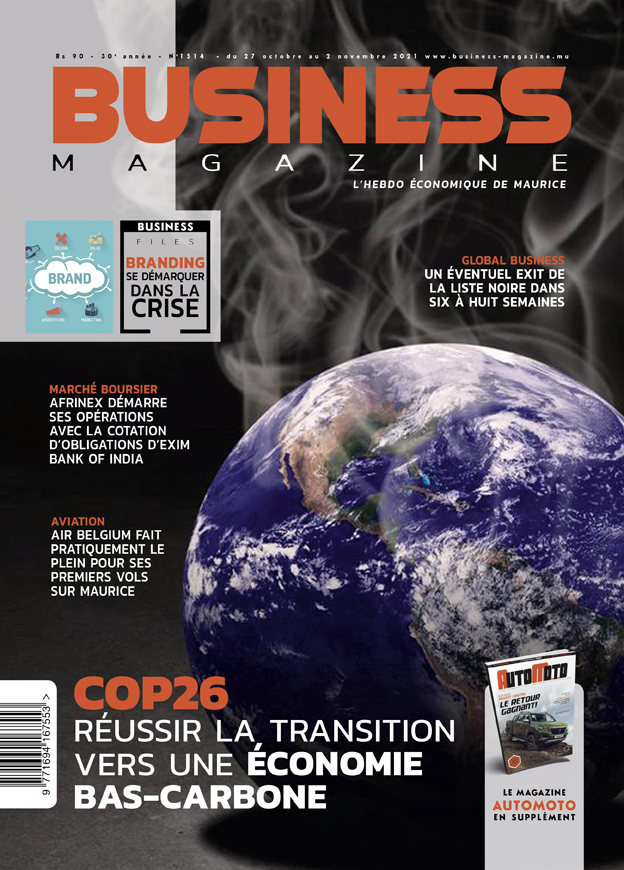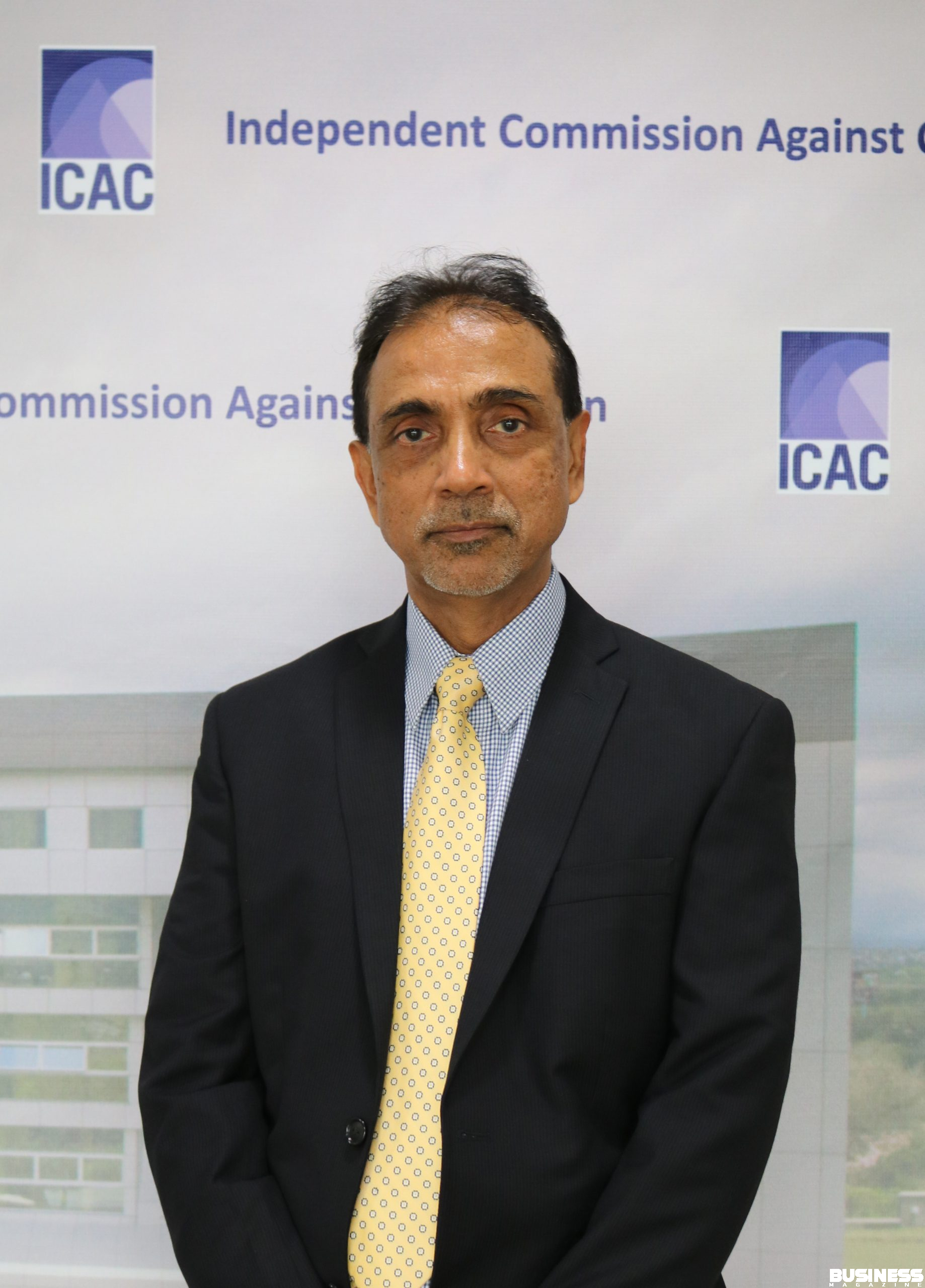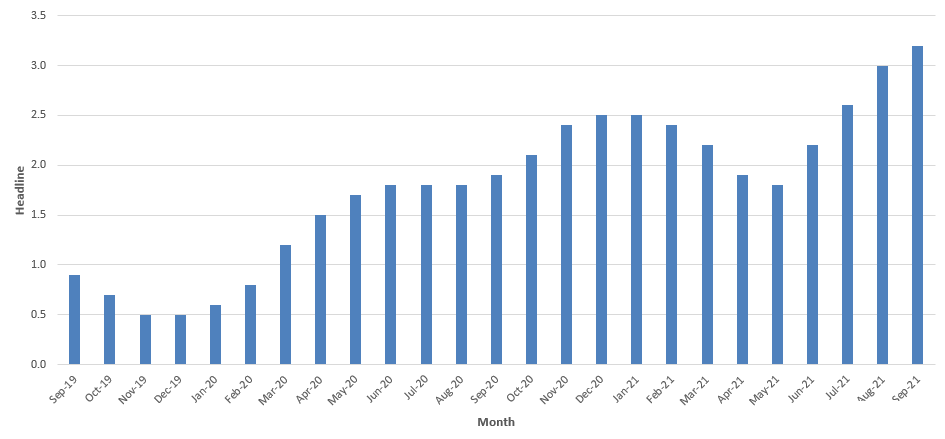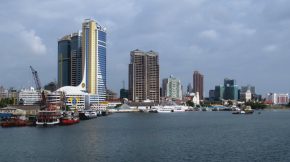National minimum wage: A different perspective
Share
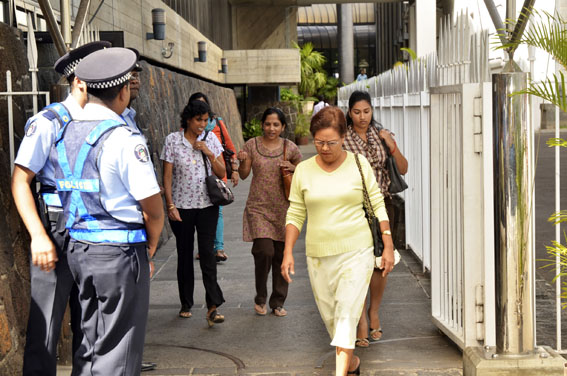
Verde estimates median wage to be closer to Rs 13,800. The market research firm says wider consultations are essential to ensure we arrive at the right figure for the National minimum wage.
The National Wage Consultative Council (NWCC) Committee has been given the tedious task of developing a clear proposal on the National minimum wage (NMW) for its implementation in January 2018.
It has also been highlighted by the International Labour Organisation (ILO) that the NMW should not be used in isolation but should be linked to other progressive policies that bring about meaningful socio-economic change.
The methodology used by the NWCC committee members involves a forecast figure of the median wage for 2017, adjusted for inflation, as well as the poverty line. Based on a proportion of the forecast median wage, the NMW will be determined. Given that the poverty line in Mauritius is set as 50% of the median wage, it is envisaged that the NMW will be of a higher percentage.
VERDE, a company specialised in market research and a fact tank, provides insights on the determination of the NMW. “Whilst we can all agree that this far-reaching policy has the potential to make a fundamental difference to many people in this country, the way it is implemented and its impacts have to be fully analysed. We therefore need to ensure that the introduction of the policy is not being expedited.” The NWCC estimates the median wage for the year 2017 at MUR 12,800, adjusted for inflation. It is to be noted that the last figure published stood at MUR 11,625 and that dates from 2012. Commenting on the figure, the market research firm believes that the figures will be more reflective of the specificities of the market if based on the household budget survey 2017, instead of making inferences by only using inflation. In that respect, concerted policies and proper planning are required to ensure that different institutions are working for common economic goals.
Based on VERDE survey data and using annualized growth of the median wage over time, it is estimated that the median wage be closer to MUR 13,800.
Numerous countries have used the poverty line as base for the determination of their NMW, with the latter being, in general, between 35% and 70% of the median wage. Whether to use 35%, 70% or any other figure which reflects the Mauritian landscape is yet to be determined.
Estimates for setting the NMW, in the opinion of VERDE, is to at least set the proportion at 65% of the 2017 median wage.
Impacts of introducing a NMW have to be fully explored and anticipated. Few ideas where we think the NWCC and the committees have to come up with in-depth analysis are:
1. A very low NMW may raise incomes but may simply be too low to lift families out of poverty.
2. A very high NMW may result in job and income losses in some low-income families.
3. While in-work poverty is associated with low wage levels, studies generally show that substantial numbers of NMW workers live in householdswith income above the poverty line, and that in-work poverty is often the result of low working hours, rather than low wage levels.
4. It is important to understand and quantify the shift from the formal to the informal sector which will arise from the introduction of a NMW.
5. Employment and business case needs to be analysed for smaller firms in the context of a NMW.
VERDE states that research on the labour force and its long-term elasticity needs to be undertaken to understand the potential impact of a NMW on participation by all individuals, most notably amongst the young, inexperienced and less educated. To achieve this, key stakeholders and experts need to be involved.
Citing Switzerland as an example, a 2016 referendum forimplementation of a NMW was rejected by the population since, according to them, it would have led to workplace losses and nation-wide employment issues. Switzerland is the first country to hold such a vote. The proposal gathered more than 100,000 signatures and was therefore put to the vote under the Swiss popular initiative system.
VERDE argues that a referendum and consultations with experts and the public is essential to ensure that we arrive at the right figure for the NMW.
VERDE median wage forecast for 2017/MUR | Between 13,150 to 14,486 |
Mid Value/MUR | 13,818 |
VERDE NMW estimates | |
50% | 6,909 (Forecast poverty line in 2017/MUR) |
60% | 8,291 |
65% | 8,982 |
70% | 9,673 |
Expectations of the NMW. At least 15% above the proportion for the poverty line calculation.

